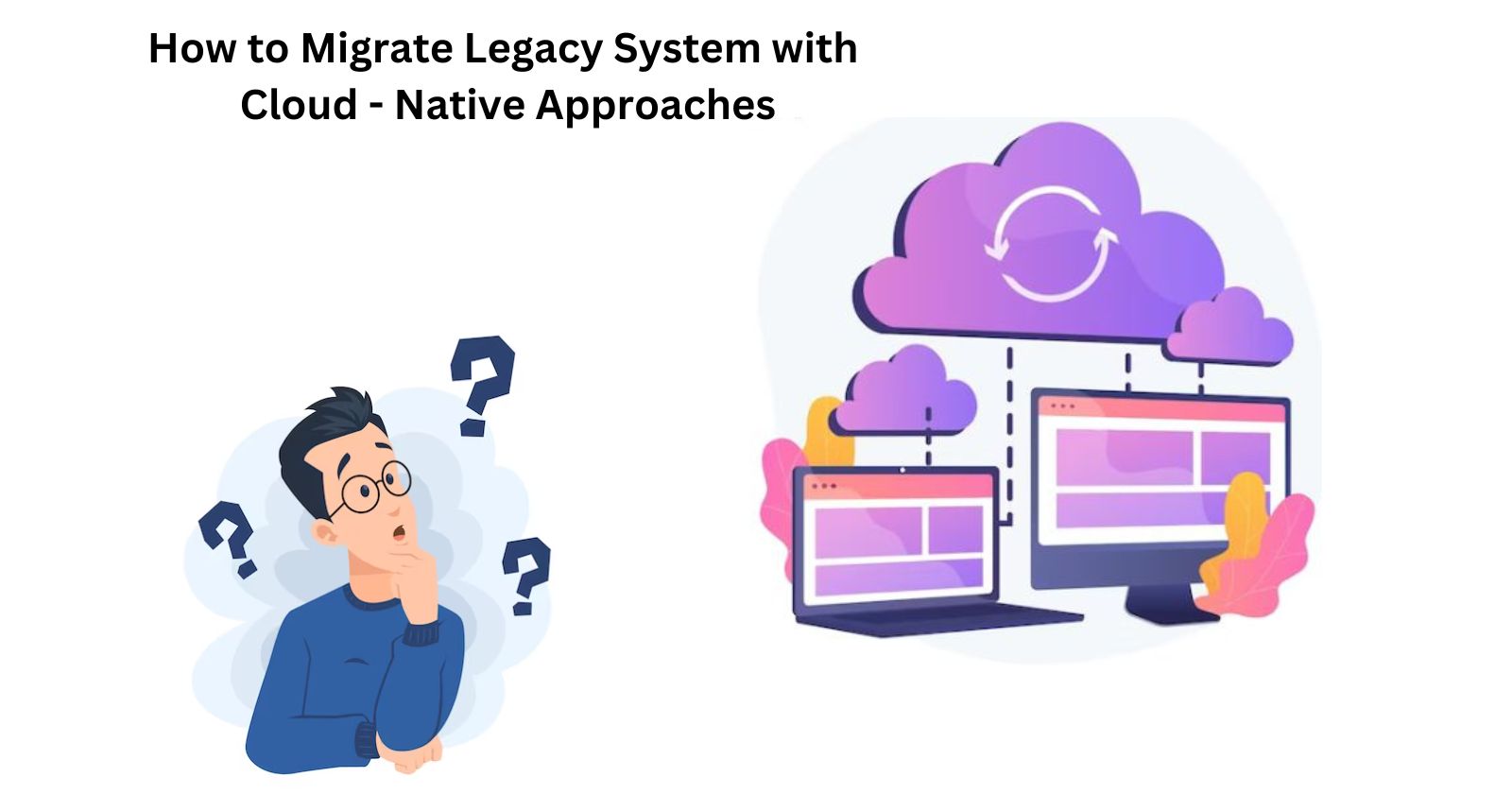How to Modernize Applications with Cloud-Native Approaches
 Kevin Bhut
Kevin Bhut
Summary: Application modernization is the process of updating older software to take advantage of new technologies and best practices. This can include refactoring code, migrating to a new platform, or rewriting the application from scratch. Choosing the right approach is crucial, albeit the role of the application modernization agency is equally important.
One specific type of application modernization is cloud-native application modernization. This involves moving applications to the cloud and rebuilding them using cloud-native technologies like microservices, containers, and Kubernetes.
Cloud-native application modernization can offer several benefits, including:
Increased efficiency and performance: Cloud-native applications can often be more efficient and perform better than their legacy counterparts. This can lead to cost savings and improved customer satisfaction.
Improved security and compliance: Cloud-native applications can be more secure and compliant with industry regulations. This can help to protect your organization from cyberattacks and data breaches.
Reduced costs: Cloud-native applications are often less expensive to maintain and operate than legacy applications. This can free up your IT resources to focus on other priorities.
Increased agility and flexibility: Cloud-native applications can be more agile and flexible, making it easier to adapt to changing business needs. This can help you to stay ahead of the competition.
Enhanced user experience: Cloud-native applications can offer a better user experience, making it easier for users to get the information they need. This can lead to improved customer satisfaction and loyalty.
How to Start?
If you are considering cloud-native application modernization, there are a few things you should keep in mind:
Start with a clear understanding of your goals. What do you hope to achieve by modernizing your applications? Do you want to improve performance, security, or scalability? Do you want to be able to adapt to changing business needs more easily? You can develop a plan once you know what you want to achieve.
Assess your applications: Not all applications are created equal. Some applications may be more amenable to modernization than others. Consider the age of the application, the technology it is built on, and the business value it provides.
Develop a plan: Once you clearly understand your goals and the applications you want to modernize, you need to develop a plan. This plan should include the specific steps you will take, the resources you need, and the timeline for completion.
Get buy-in from stakeholders: Cloud-native application modernization can be complex and challenging. It is essential to get buy-in from stakeholders throughout the organization.
How can you transform your application on cloud-native?
Use Microservices Architecture: Break down your application into smaller, loosely coupled services called microservices.
Containerize Your Application: Package each microservice and its dependencies into containers using technologies like Docker.
Orchestrate Containers: Use a container orchestration system like Kubernetes to manage and automate the deployment, scaling, and monitoring of your containerized application.
Decentralize Configuration: Store application configurations separately from the codebase. Use tools like configuration management systems or cloud-native configuration platforms to manage configurations dynamically.
Design for Scalability and Resilience: Build your application to scale horizontally by adding more instances of microservices when demand increases.
Enable Monitoring and Logging: Implement comprehensive monitoring and logging solutions to gain visibility into your application's performance, health, and usage patterns.
Continuous Integration and Deployment (CI/CD): Establish a CI/CD pipeline to automate the building, testing, and deployment of your application.
Security and Compliance: Implement appropriate security measures to protect your application and data.
Infrastructure as Code (IaC): Use Infrastructure as Code tools like Terraform or AWS CloudFormation to define and manage your cloud infrastructure.
By following these steps, you can transform your application into a cloud-native architecture, allowing it to take full advantage of cloud computing capabilities, scale effectively, and deliver high availability and resilience.
Conclusion
Cloud-native application modernization is a complex and challenging process. Still, it can be a valuable investment for organizations that want to improve their IT infrastructure and stay ahead of the competition. If you are considering cloud-native application modernization, start with a clear understanding of your goals, connect with a leading application modernization agency in the USA and develop a proper plan for your organization.
Subscribe to my newsletter
Read articles from Kevin Bhut directly inside your inbox. Subscribe to the newsletter, and don't miss out.
Written by

Kevin Bhut
Kevin Bhut
Serving Business Leader to Digital Solutions for more than 12 years. Passion for technology and to transform modern businesses with advent of innovation.